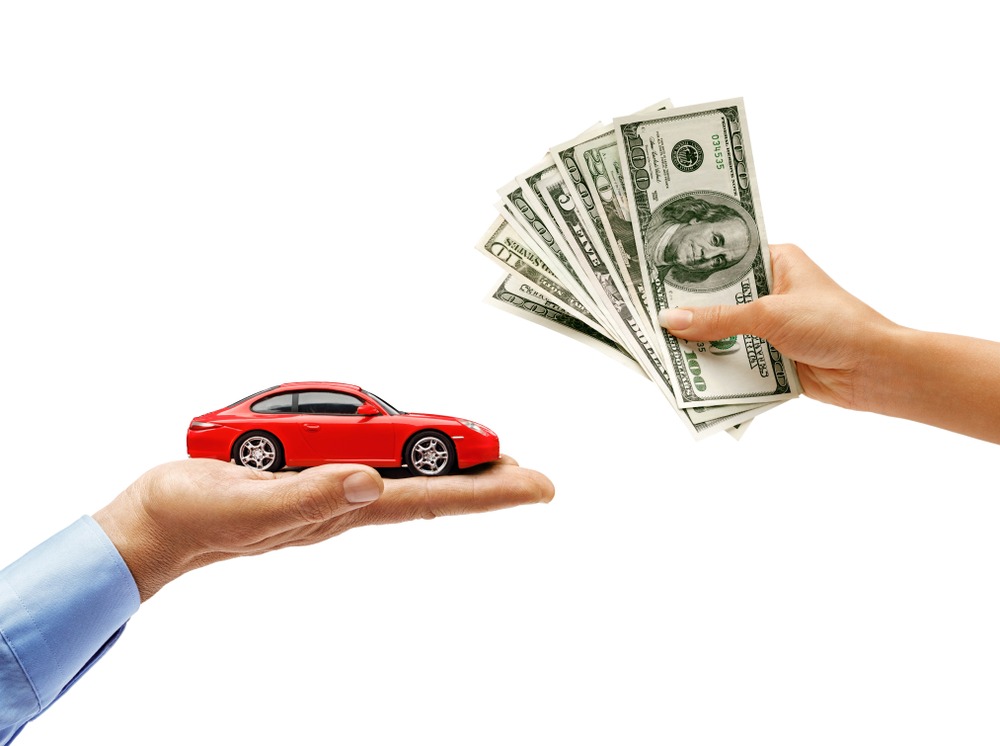Flipping cars for profit is no longer a pastime—it’s a viable side business or full-time business for many savvy car enthusiasts throughout the U.S. The secret to success? Knowing how to find undervalued cars before the next guy. In a tight market where prices are shifting rapidly, timing and strategy are critical.
So how do you really go about finding undervalued vehicles that you can flip in a hurry without putting too much money into repairs or holding onto them for months?
Let’s break it down step by step.
1. Know What Makes a Car “Undervalued”
First, you must know how to spot a good deal. An undervalued vehicle is usually priced lower than its true market value. This may occur for several reasons:
- The seller requires quick cash
- The seller is unaware of the car’s real value
- Minor cosmetic flaws make the car appear less attractive than it really is
- A dealership must sell inventory quickly
Begin by getting to know typical resale values. Make it a routine. The more you search, the faster you’ll find a gem in disguise.
2. Create Marketplace Alerts
Time is of the essence in flipping cars. One method of ensuring that you’re always in the know is to establish marketplace alerts. Websites such as Facebook Marketplace, Craigslist, OfferUp, and Autotrader permit you to create notifications based on certain makes, models, price points, or areas.
Suppose you’re searching for Toyota Corollas for less than $5,000 in your state. Set the alert, and your phone will notify you as soon as one comes up for sale. It spares you the trouble of hitting refresh all day—and gets you ahead of the game before the competition jumps in.
Pro tip: Search on multiple platforms and mix up your search radius. Sometimes the best flips are just a short road trip away.
3. Stick with Popular, Easy-to-Sell Models
A car flipper needs moving inventory. That involves sticking with models and makes that are reliable, fuel-efficient, and affordable. Some of the top models to flip are:
- Honda Civic
- Toyota Corolla
- Ford Focus
- Mazda 3
- Nissan Altima
These vehicles will retain their value and are always in demand by first-time car buyers, college students, or anyone seeking a cheap, reliable vehicle.
Steer clear of luxury vehicles or cars with a specialized audience—unless you’re seasoned and familiar with the particular market.
4. Check the Car Like a Mechanic (Even if You’re Not One)
The last thing you need is to purchase a “bargain” car that becomes a money pit. Though most bargains appear great on paper, you must look beyond. Always verify:
- VIN history report (use companies like Carfax or AutoCheck)
- Maintenance records
- Rust spots and body damage signs
- Engine noise, transmission shifts, suspension feel
- Tire tread, brakes, and lights
- Check engine light (don’t ignore it!)
Bring along a mechanic friend if possible. Otherwise, a quick $50–$100 check can save you thousands in unexpected repairs.
5. Master the Art of Negotiation
Some of the best bargains come not from advertisements, but from your smart negotiating. Sellers overprice cars, expecting to negotiate down. Your role is to:
- Be respectful, but assertive
- Highlight repairs or cosmetic damage that warrant a lower price
- Pay cash for quicker closings (it’s more effective)
- Know when to walk away—never get attached to a flip
You’ll be surprised how many times people lowball you when they realize you’re serious and willing to pay cash on the spot.
6. Leverage Your Network
Sometimes the most profitable flips never make it online at all. Inform your coworkers, family members, and friends that you buy used cars to resell them. You’ll be surprised at how many times someone says, “I thought about selling mine, but I didn’t feel like dealing with it.
Give them a good price and take care of all the paperwork. Make it convenient for them and it’s a win-win—you get a bargain, and they don’t have to list it publicly.
7. Don’t Bypass the Title and Paperwork
This isn’t the exciting part, but it’s totally necessary. Before you purchase:
- Ensure the title is clean (no salvage or liens)
- Verify VIN on title with VIN on vehicle
- Sign a bill of sale for your records
- Know your state’s DMV and tax obligations
8. Recondition Strategically
You don’t have to refurbish a car to showroom standards to turn a profit. A $75 detailing job and $50 seat covers may be all you need to increase the resale value by $1,000.
Focus on low-budget, high-reward repairs:
- Deep interior and exterior cleaning
- Minor dent removal
- Touch-up paint
- New floor mats
- Replacing broken lights or mirrors
Always account for your expenses. You don’t want to over-spend on a flip that devours your margin.
9. List Like a Pro
When your car’s ready, market it intelligently. Good photos, clear description, and complete openness regarding any problems do wonders. Post it on several channels and get back to inquiries promptly.
Make use of the following words:
- “Clean title”
- “Recently serviced”
- “Low miles”
- “Perfect first car”
- “Priced to sell”
And be sure to price just a little over your bottom line—everyone negotiates.
Final Thoughts
To become a successful car flipper does not need to cost you a lot of money—it simply needs research, hustle, and the proper tools. Utilize marketplace alerts to beat others to new listings, specialize in proven makes and models, and always purchase with resale in mind.
The more you do it, the quicker you will learn what does sell, and what doesn’t, and how to take your flipping side business and turn it into a serious money-maker. And who knows, your next big profit-maker may be driving around someone’s driveway right this minute, waiting for the appropriate buyer to come along.

